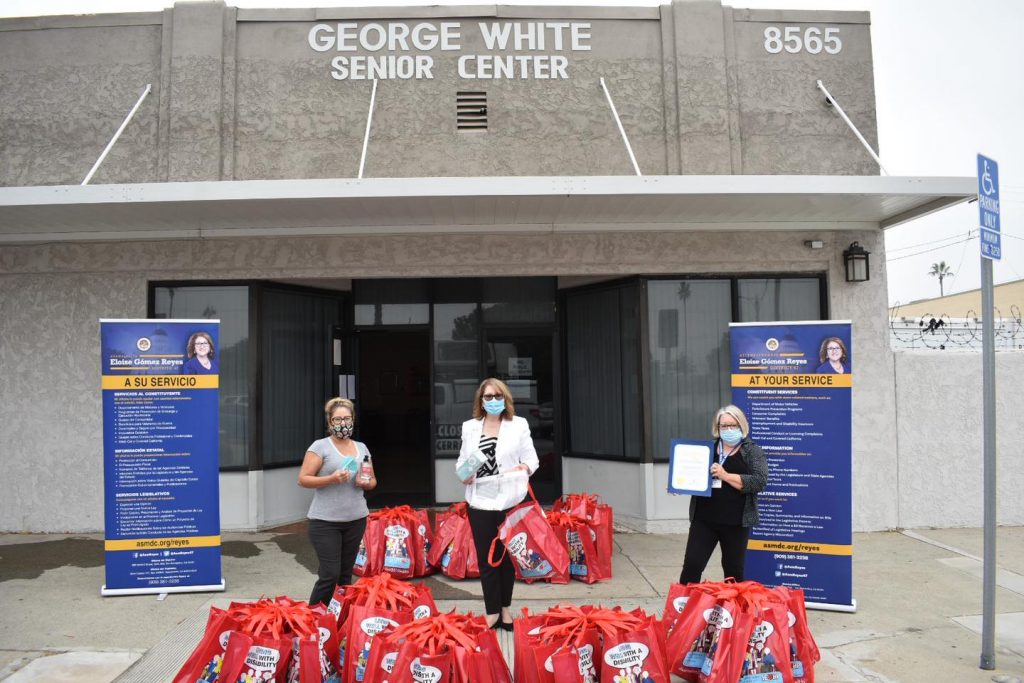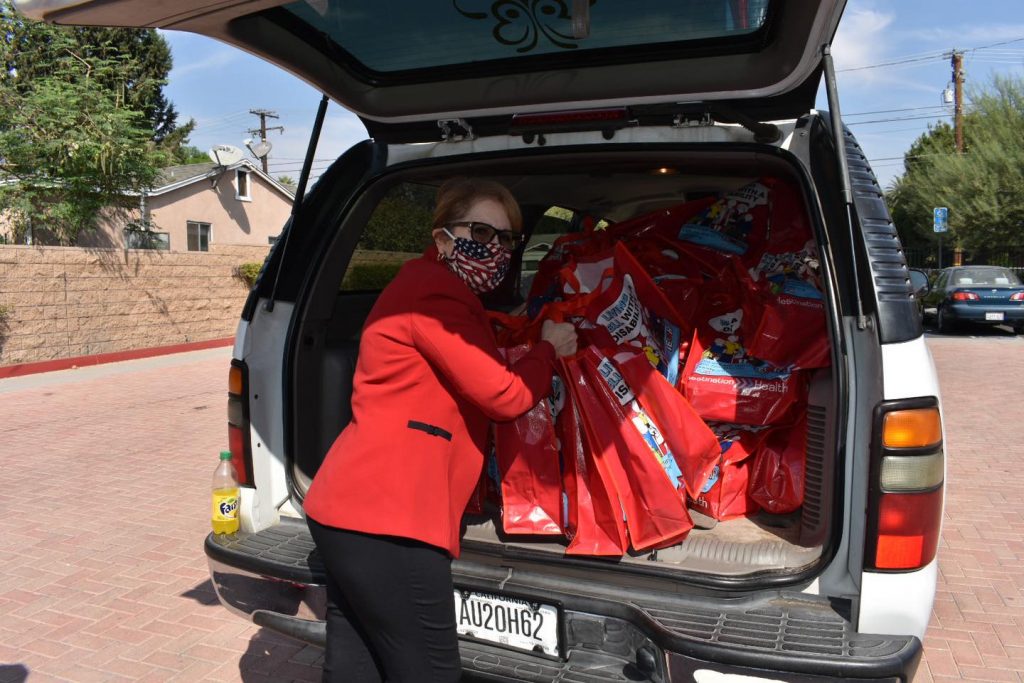The Southern California Black Chamber of Commerce has partnered with Flagstar Bank to keep their promise and commitment to diversity, equity and inclusion to the members and communities they serve by giving $1 million in grants to help small businesses owned by Black, Indigenous and people of color whose operating expenses are impacted by COVID-19.
Qualifying small minority businesses can submit applications now through November 20 for grants of $5,000. Flagstar has partnered with BIPOC nonprofits in its key banking markets to vet and administer the grants. Qualifications include (1) diverse ownership (2) revenues of no more than $1 million (3) located within Flagstar Bank’s footprint of San Bernardino County area including Barstow, Victorville, Adelanto, Hesperia and Apple Valley, California. Additional qualifications, grant uses, and other information are available in the application.
We hope to combat the narrative that there is no assistance for minority-owned businesses. The Southern California Black Chamber of Commerce is committed to serve the entrepreneurs that are facing hardships during this pandemic. We are honored to team up with Flagstar Bank to help these businesses survive, thrive, and enhance the vitality of our communities. Businesses owned by people of color have been especially hard hit by COVID-19, with nearly half of black-owned businesses shuttered by the pandemic.
“We have a commitment to our communities and to keeping our promises to them,” said Alessandro DiNello, CEO of Flagstar Bank. “Reversing decades of systemic inequities is a marathon, and we are in it to the finish. These grants are an important milestone along the way to making our communities and our company better and more equitable for all.”
 Westside Story Newspaper – Online The News of The Empire – Sharing the Quest for Excellence
Westside Story Newspaper – Online The News of The Empire – Sharing the Quest for Excellence




